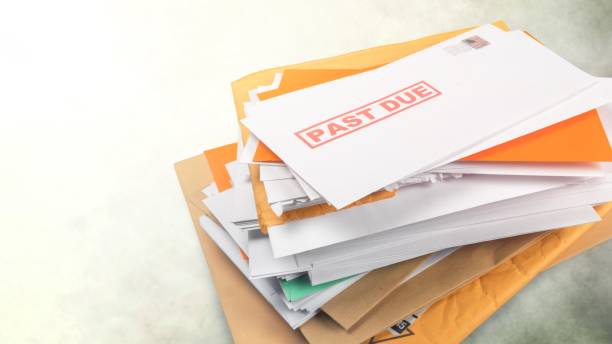AR Akermon Rossenfeld CO 5 Tips for Bridging the Gap Between Businesses and Clients in Debt Recovery
Effective debt recovery is essential for maintaining healthy business-client relationships.
For AR Akermon Rossenfeld CO, ensuring both parties reach a mutually beneficial solution can be challenging but not impossible.
Here are five practical tips to bridge the gap between businesses and clients in the debt recovery process:
1. Foster Open Communication
Clear and open communication is the foundation of any successful debt recovery process.
Businesses should proactively reach out to clients and address the issue early.
It’s important to communicate with empathy and understand that the client may face financial difficulties.
Start by explaining the outstanding debt non-threateningly, offering multiple communication channels like phone calls, emails, or even face-to-face meetings.
Offering a non-judgmental space encourages clients to be honest about their financial situation, allowing for a better chance at resolving the issue together.
2. Offer Flexible Payment Options
Providing clients with flexible payment terms can greatly improve the likelihood of recovering debts.
Businesses that offer options such as installment plans, extended deadlines, or reduced payments based on the client's financial situation create a sense of goodwill and trust.
Flexibility demonstrates that the business values the relationship with the client and is willing to find a solution that works for both parties.
Offering multiple payment methods, such as online transfers, credit cards, or direct debits, can also simplify the process for clients, further bridging the gap.
3. Educate Clients About Financial Responsibility
Sometimes, clients may be unaware of the implications of delayed payments. By educating them about financial responsibility and the importance of timely payments, businesses can cultivate better payment behavior.
This can be done through personalized emails, newsletters, or even workshops that provide financial advice and emphasize the importance of keeping up with payment schedules.
By showing a willingness to help clients develop better financial habits, businesses build trust and encourage future timely payments.
4. Leverage Technology for Efficient Communication
Modern technology offers various tools that businesses can use to make the debt recovery process more efficient and less confrontational.
Automated reminders through emails or SMS, online payment portals, and mobile apps allow clients to manage their debts at their convenience, minimizing stress.
Additionally, using customer relationship management (CRM) systems can streamline communication and keep track of interactions with clients, ensuring that all correspondence is documented and easily accessible.
This approach allows for a smoother process while keeping clients engaged and informed.
5. Maintain a Professional but Empathetic Approach
Debt recovery is often a sensitive topic, so it is crucial to maintain a professional but empathetic tone throughout the process.
Avoid using aggressive language or threats, as this can lead to damaged relationships and a lack of cooperation from the client.
Instead, focus on creating a dialogue where clients feel respected and understood.
Businesses should view debt recovery as an opportunity to strengthen client relationships by showing flexibility, offering solutions, and maintaining a level of human understanding.
Conclusion
Bridging the gap between businesses and clients in debt recovery requires a balanced approach of communication, empathy, and flexibility.
By focusing on relationship-building and providing practical solutions, businesses can recover debts more efficiently while preserving their client relationships for the long term.




Comments
Post a Comment